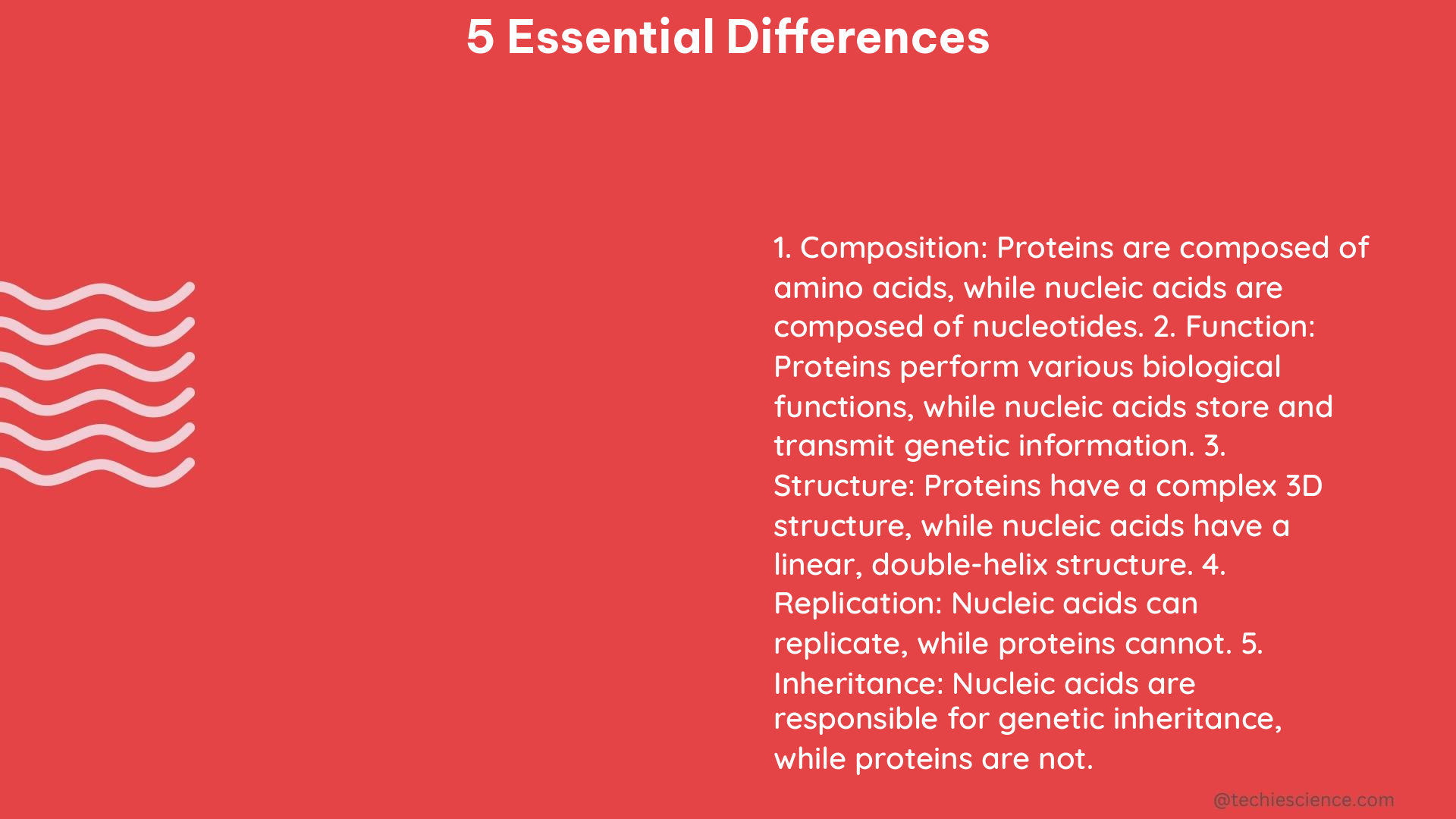SMART goals and SMART objectives are both important tools for setting and achieving business objectives, but they have distinct differences in terms of specificity, scope, tangibility, timeframe, and alignment. Understanding these differences is crucial for effectively planning and executing your strategic initiatives.
Specificity
SMART goals are general statements of achievement, often expressed in broad terms like “increase sales” or “improve customer satisfaction.” In contrast, SMART objectives are specific and include time-bound actions or activities. For example, a SMART objective might be “Increase website sales by 20% within the next 6 months.”
The level of specificity in SMART objectives allows for more precise measurement and tracking of progress. According to a study by the American Psychological Association, employees who set specific, challenging goals perform better than those with vague or easy goals.
Scope

SMART goals are typically broad and often not easily measurable, while SMART objectives are narrow and almost always quantifiable. For instance, a SMART goal might be “Improve brand recognition,” while a SMART objective could be “Increase brand awareness by 30% as measured by social media engagement and website traffic over the next 12 months.”
The narrower scope of SMART objectives makes them more actionable and easier to track. A survey by the Project Management Institute found that organizations with clearly defined objectives are 2.5 times more likely to succeed in their projects.
Tangibility
SMART goals are generally abstract and can be difficult to visualize, whereas SMART objectives are always concrete and tangible. A SMART goal like “Enhance employee satisfaction” is more abstract than a SMART objective such as “Achieve an employee satisfaction rating of 85% or higher on the annual survey.”
The tangibility of SMART objectives makes them more easily understood and communicated throughout the organization. Research by the Harvard Business Review has shown that tangible, specific goals are more likely to be achieved than vague, abstract ones.
Timeframe
SMART goals are long-term achievements, often spanning multiple years, while SMART objectives have clearly defined timelines, such as quarterly or annual targets. For example, a SMART goal might be “Expand into new international markets,” while a SMART objective could be “Open three new sales offices in Europe by the end of the fiscal year.”
The defined timeframe of SMART objectives helps to create a sense of urgency and accountability, which can drive better performance. A study by the American Psychological Association found that goals with deadlines are more likely to be completed than those without.
Alignment and Order
SMART goals accomplish the overall mission or vision of the organization, while SMART objectives accomplish the specific goals. In other words, SMART objectives are the stepping stones that lead to the achievement of SMART goals. For example, a SMART goal might be “Become the market leader in the software industry,” while the supporting SMART objectives could include “Increase market share by 15% within the next 2 years” and “Develop and launch 3 new software products within the next 12 months.”
The alignment and order between SMART goals and SMART objectives ensure that the organization is working towards a clear and cohesive strategic direction. Research by the Project Management Institute has shown that organizations with a clear strategic plan and aligned objectives are 2.5 times more likely to succeed.
In conclusion, understanding the five essential differences between SMART goals and SMART objectives is crucial for effective strategic planning and execution. By leveraging the unique strengths of each, businesses can create a more robust and measurable framework for achieving their desired outcomes.
References:
- American Psychological Association. (2015). The benefits of setting specific, challenging goals. https://www.apa.org/topics/goal-setting
- Project Management Institute. (2018). Pulse of the Profession: Success in Disruptive Times. https://www.pmi.org/learning/thought-leadership/pulse
- Harvard Business Review. (2016). The Surprising Power of Concrete Goals. https://hbr.org/2016/05/the-surprising-power-of-concrete-goals
- Wrike. (2022). What is SMART in Project Management? https://www.wrike.com/project-management-guide/faq/what-is-smart-in-project-management/
- University of Mississippi. (2022). Let’s Get S.M.A.R.T.: Steps to Create Program Objectives. https://cere.olemiss.edu/lets-get-s-m-a-r-t-steps-to-create-program-objectives/
- Evolve to Grow. (2021). How Do You Set Goals with Data? https://www.evolvetogrow.com.au/resources/how-do-you-set-goals-with-data/
- Commence. (2021). Requirements for Effective Market Segmentation. https://commence.com/blog/2021/02/18/requirements-for-segmentation/
